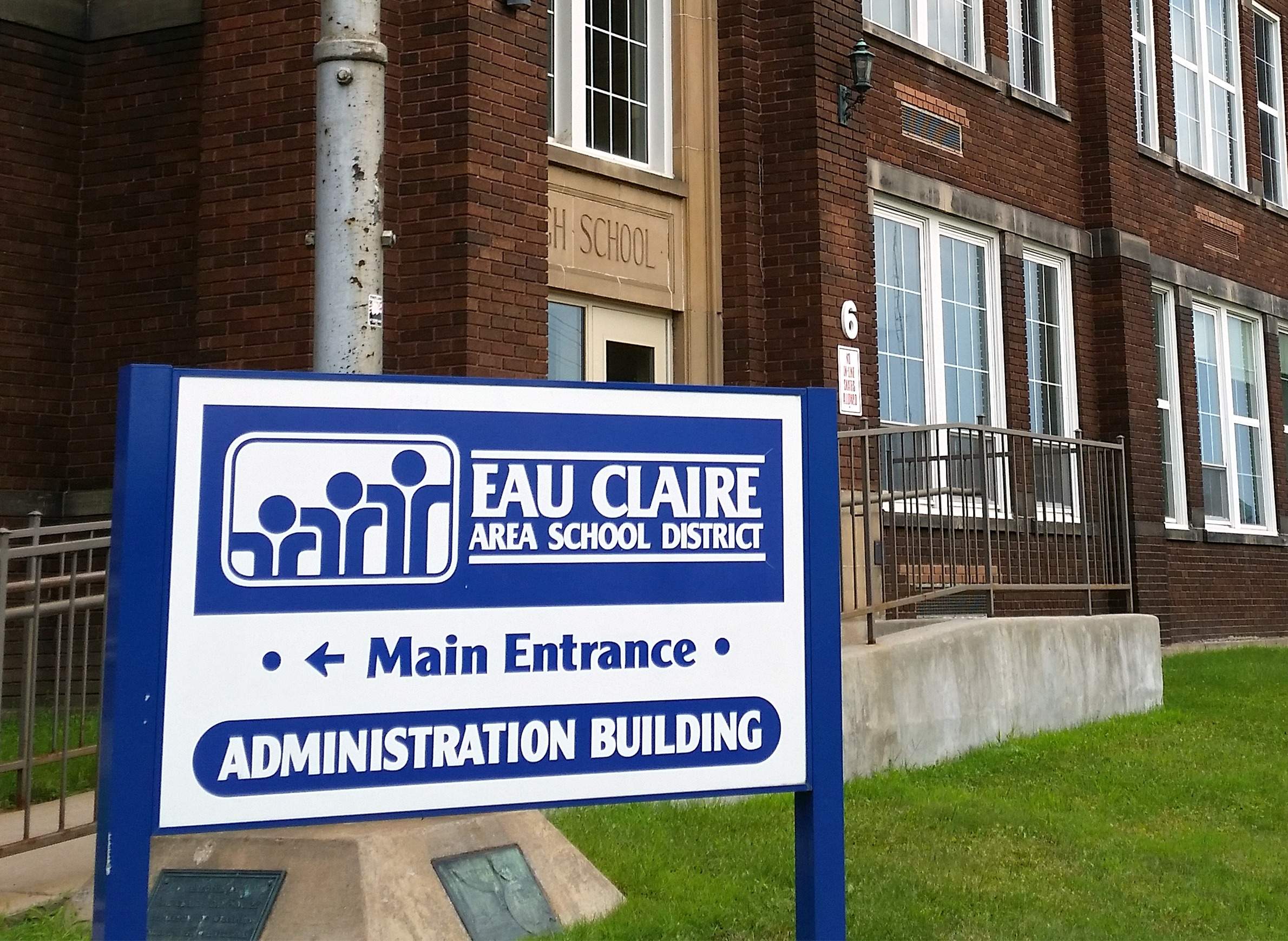
An increasing number of homeless students in the Eau Claire school district are in the fifth grade and younger.

An increasing number of homeless students in the Eau Claire school district are in the fifth grade and younger.
Public schools play a role in providing multiple social services, including nutrition and mental health. They also lend a hand in tracking homelessness among children. In fact, the Wisconsin Department of Public Instruction gathers data on student homelessness that indicate the federal Department of Housing and Urban Development's biannual count of homeless Wisconsinites overlooks thousands of people.
Drawing on information from teachers and homelessness liaisons across Wisconsin's public school system, DPI has found child homelessness has risen dramatically in Wisconsin since 2003. During the 2003-04 school year, the state counted 5,354 homeless students enrolled in K-12 public schools. By the 2014-15 school year, that number was up to 18,390 — a 243 percent increase over 10 years. Over the same period, the state's overall population grew from about 5.5 million to about 5.7 million, an increase of about 3.6 percent. (In July 2016, the Wisconsin State Journal published an interactive map showing how the percentage of homeless students by school district.)
The characteristics of student homelessness have changed dramatically over the past decade, as discussed in an Aug. 15 interview with Wisconsin Public Radio's Rich Kremer on the western Wisconsin-focused show The West Side.
Children are becoming homeless much earlier in life than before, said Danielle Claesges, who is the homeless program coordinator with the Eau Claire Area School District. "It is very clear that our biggest population of homeless students are the younger kids who are fifth grade and under," she added, citing data the district gathered and analyzed over the course of the past decade. In 2006, the district found homelessness was more weighted toward older students.
Claesges said one reason for the change might be that since the Great Recession, young parents have increasingly had trouble finding and keeping jobs that support a stable lifestyle. "That's a growing trend," she said. "That wasn't quite the case 10 years ago."
Kristen Gundry, who oversees homeless liaisons in 29 Wisconsin school districts as learning services associate director for Cooperative Educational Service Agency 10, pointed out homelessness has grown in small rural districts. (CESA 10 is one of 12 such entities in Wisconsin that help districts provide additional services to their students, existing between the local and state governmental levels.) Even three years ago, some of the districts Gundry works with had no homeless students — but now all of them have at least one, she said.
"We have a lot of transient homeless people in our small communities that may go from one small school to another small school," Gundry added.
Both Claesges and Gundry discussed the vulnerability to homelessness among families who are undocumented immigrants.
"We have noticed that our families that are undocumented — because by law we serve every student that comes into the school district, as we should — we notice that it's harder for them to find any kind of housing," Claesges said.
Claesges and Gundry also discussed how the stress of being homeless can eat away at a child's ability to learn. But Claesges was skeptical that educators could measure that impact through conventional means like standardized test scores — the real damage is likely more subtle and long-term, she said.
Some Wisconsinites may be surprised that public schools are so involved in tracking homelessness. But Claesges argued that her work is essential to the mission of public schools.
"If our job is to make sure that they are learning things, then our job — our opportunity, more so — is to provide what we can to make sure they're ready to learn," she said.